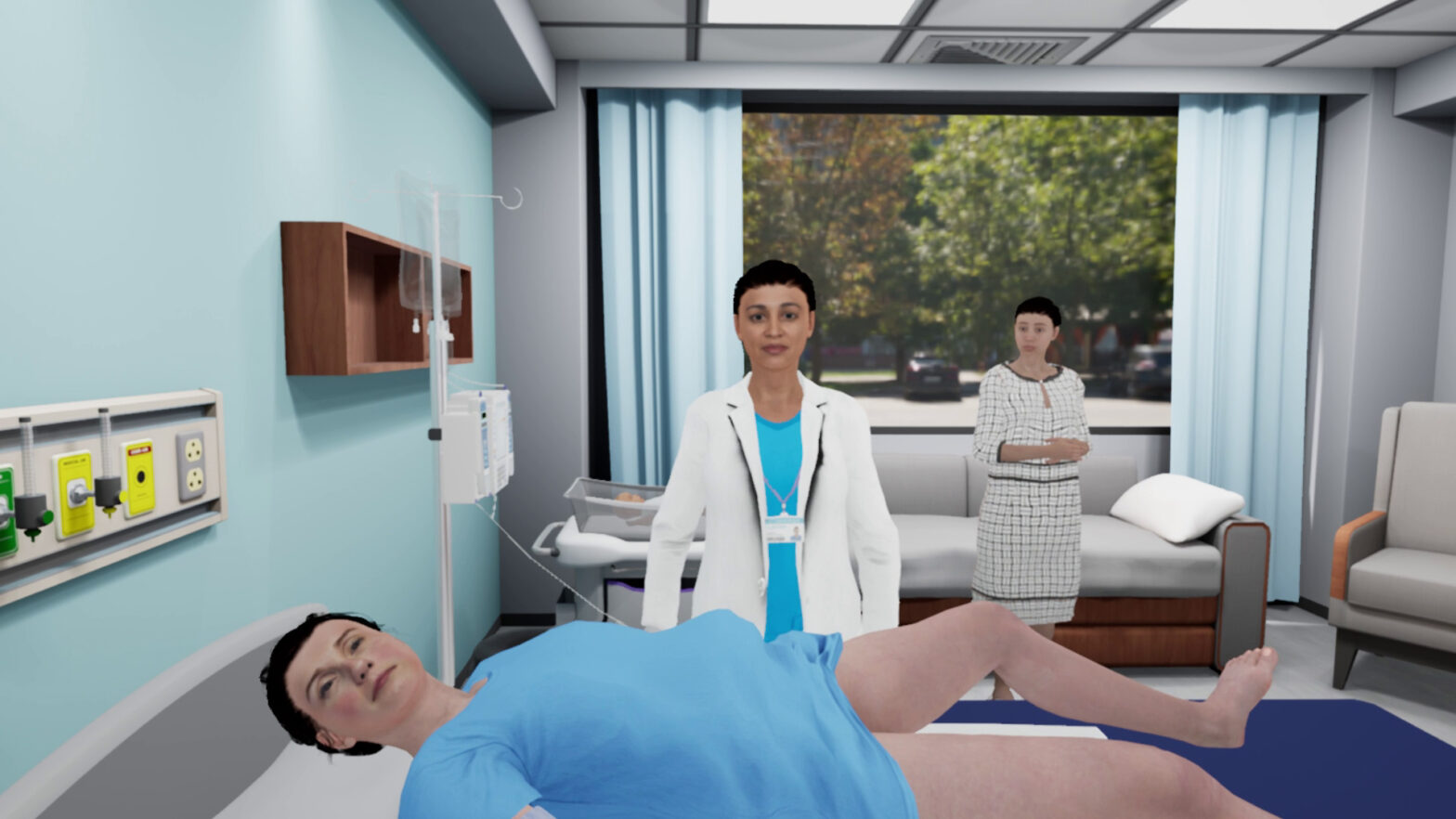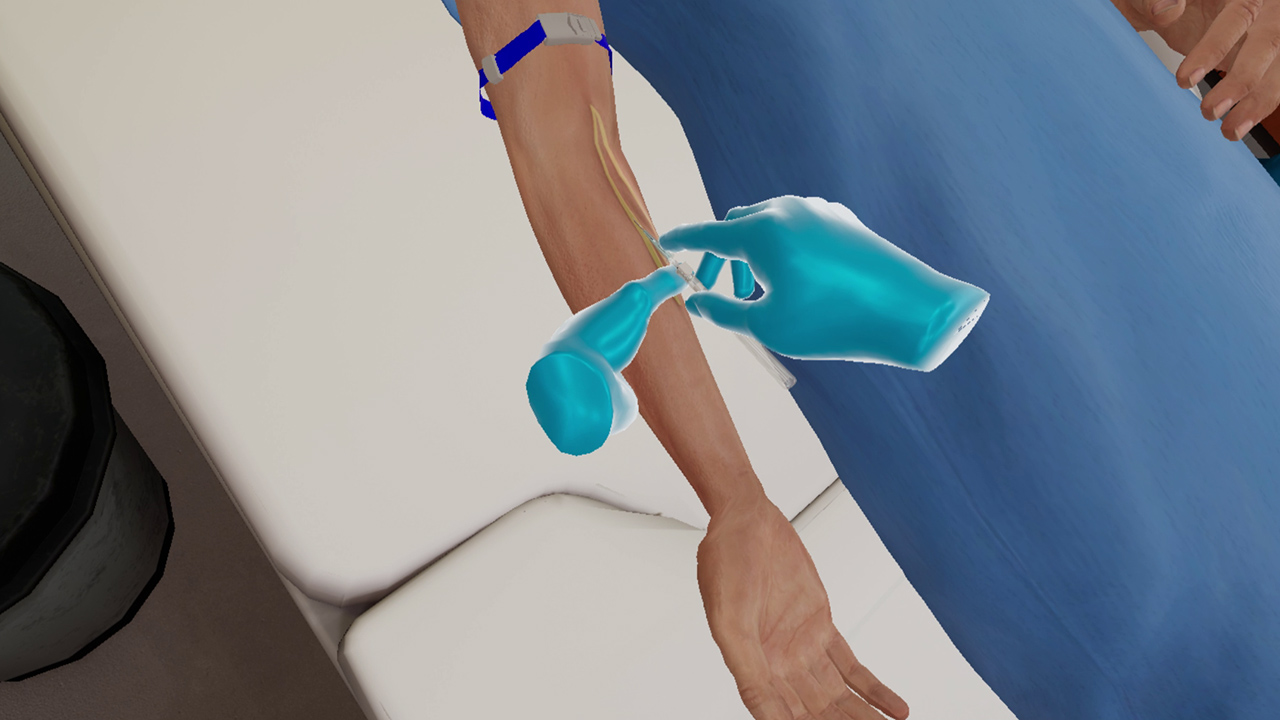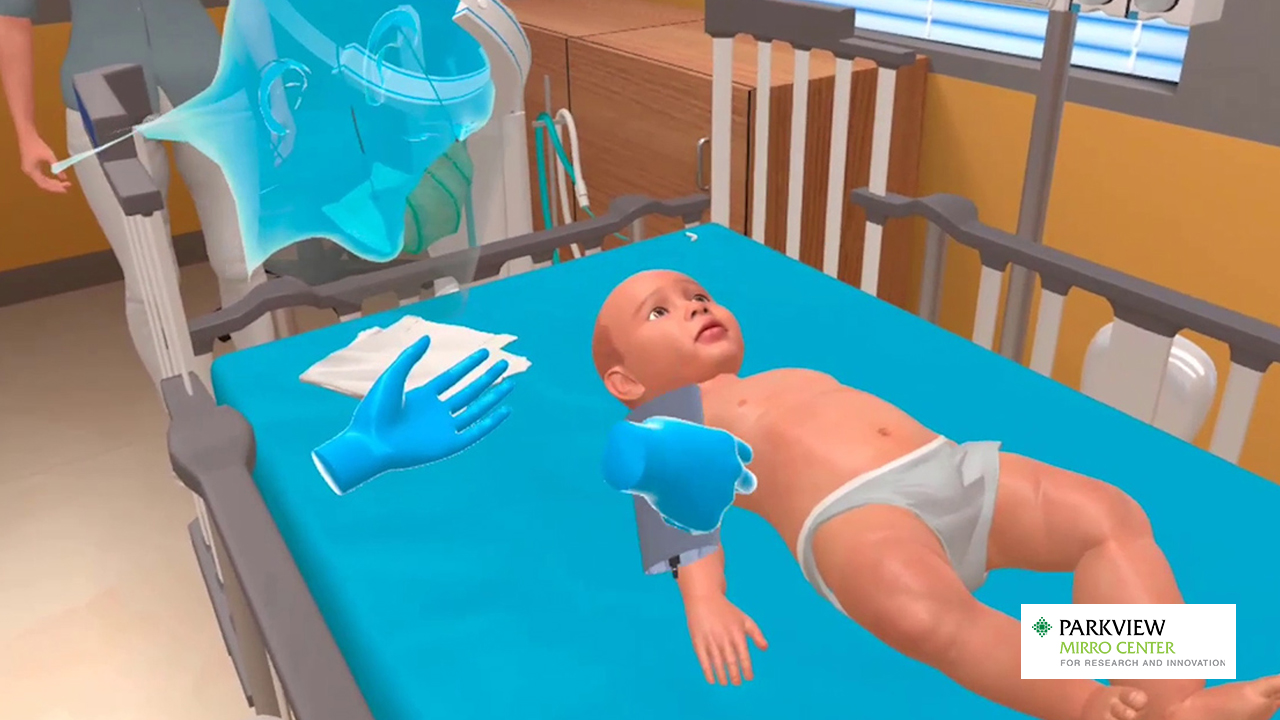
According to research reports, PPH happens to be the leading cause of maternal deaths globally, accounting for almost 25% of all maternal deaths in a given year. Postpartum Hemorrhage or PPH refers to excessive vaginal bleeding following a baby delivery. This can occur in both vaginal delivery and a cesarean section. Blood loss exceeding 500 mL in the former and 1000 mL in the latter can be reason enough to sound the alarm bells.
What causes postpartum hemorrhage?
This may occur within the first 24 hours after birth or up to 12 weeks postpartum. When the occurrence is within 24 hours it is classified as primary/immediate/early and secondary/delayed/late when it occurs after 24 hours and up to 12 weeks after. Additionally, it can be described as a third and fourth stage depending on whether the bleeding occurs pre- or post-placenta delivery. In all cases, it is significant to identify the condition and provide timely treatment.
Causes of PPH can be classified using the 4 T’s of PPH. These are:
– Tone referring to uterine atony
– Trauma referring to lacerations, ruptures, hematomas, and uterine inversions
– Tissue referring to retention of placenta fragments
– Thrombin referring to coagulation disorders
Symptoms of postpartum hemorrhage
The causes of a postpartum hemorrhage could be any, but one factor plays a crucial role in containing the situation and preventing it from turning fatal – timely intervention.
It is very significant to correctly and immediately identify a case of PPH. Symptoms can be one or more of the following:
– Uncontrolled bleeding
– Dropping blood pressure
– Increased heart rate
– Decreasing red blood cell count
– Altered mental state
– Concentrated urine
– Pain and swelling in tissues in the vaginal and perineal area
– Dry skin/mucous membrane
It is quite likely that the symptoms may resemble some other medical condition or problem but the chances of a PPH should not be overlooked.
Diagnosing postpartum hemorrhage
Even the slightest of indications should be considered an utmost priority as a PPH condition may lead to a steep drop in blood pressure leading to shock and death if gone untreated. Medical history and physical examinations are taken into account along with laboratory tests that help diagnose the PPH. These tests may include:
– Quantified Blood Loss (QBL). This is done by weighing the packs of sponges and pads used to absorb the blood. One gram equates to 1 milliliter of blood.
– Measuring vitals and ABCs.
– Complete blood count including hematocrit and hemoglobin
– Liver function test
– Ultrasonography for imaging pelvic structures
– Coagulation studies including PT/INR and D-dimer
Intervention and treatment
Timely intervention is critical, making it imperative to get in touch with an obstetrician/gynecologist immediately. In the absence of an OB/GYN a general surgeon should be consulted.
Treatment measures can include the following:
– Massaging the uterine fundus
– Medication to stimulate uterine contractions
– Removing remaining placenta pieces in the uterus
– Examination of the pelvic and uterus tissues
– Bakri balloon to control bleeding inside the uterus
In extreme cases invasive measures may be taken which may include:
– Laparotomy, which involves opening the abdomen to look for the cause of the bleeding
– Hysterectomy, which involves the removal of the uterus
Training with MedVR Education
Postpartum hemorrhage, if undetected, can turn life threatening causing immense loss and pain to families. Correct identification of the symptoms requires a trained set of eyes and presence of mind to take timely action. Theoretical knowledge may help understand the symptoms and teach what to look out for, but the real test comes in the field in a real-life situation. Confidence and expertise come from continued and persistent practice and observation. Being part of a VR simulation training scenario can expose learners to realistic situations, understand the complexities of a case, recognize what action to take and comprehend the severity of the situation.
MedVR Education’s VR lesson on Postpartum Hemorrhage (PPH) is a VR simulation program which is set in a photorealistic environment involving a virtual patient and a team of healthcare practitioners tending a case of PPH. Learners can be part of this virtual team, and watch and learn up-close, thereby gaining knowledge to build a solid foundation. Practicing the caregiving procedures with a virtual patient provide precious hands-on practice and prepare learners for real-life execution.
Be it any skill in any field, there is no substitute to practice to perfect it. In the healthcare domain this practice becomes increasingly important. Simulations in the virtual world with virtual patients are an effective way to learn in safe and zero-risk environments and gain valuable lifesaving skills.
Contact us to know more about VR in healthcare training, or visit our MedVR Education webpage to explore the various programs we offer.


